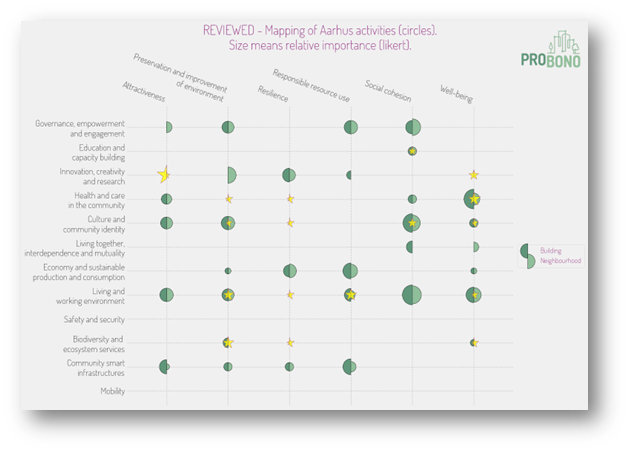Understanding Building Performance in connection to both Soft and Hard Design Aspects and Criteria.
- salimaismayilzada
- Dec 28, 2022
- 2 min read
Understanding how buildings perform in connection to both soft (qualitative) and hard (quantitative) design aspects compared to the initial design intentions towards improving tangible (physical) and intangible qualities as well as the overall health and wellbeing effect for building users.

When interviewing building users (or building occupants) on what they need in a new design/relocation building project, the words are not describing enough. Describing the desired effect increases the efficiency of manifesting the physical environment, and taking the current space 1:1 does not increase the user's efficiency or professional well-being. Putting physical architectural qualities into words with subcategories and variables increases the potential effect on practical performance and efficiency. Furthermore, by describing words, the project aims to map tangible physical qualities as well as intangible qualities -and the overall health and well-being impact on users.
To explore and gain more insight in this regard, post-occupancy evaluation (POE) is carried out, which is "the process of evaluating buildings systematically and rigorously after they have been built and occupied for some time". POE informs building users if their building is energy efficient and reveals if it is being used as intended. Likewise, it provides insight to help understand how buildings are performing associated with both soft (qualitative) and hard (quantitative) design aspects (e.g., energy performance and wellbeing) compared to their design intention. Addressing these issues, among others, can also help reduce operational costs.

Initial anthropology interviews and participant observation are performed using AU LL BSS (the old and new Business school at Aarhus University) as a case study. Anthropology participant observation focuses on how all the same groups use the premises in the current AU LL BSS and the areas with an enhanced design. The interviews include what the users think could be improved to make the physical areas correlate to the desired effects. One key finding in the interviews is collecting the different words describing physical qualities. Parts of the study are about when using a more considerable amount of different describing words, the effect in the new relocation is relatively increased.
Within the framework of the PROBONO project, this study lays down a significant potential for collaboration with Social and Behavioral Innovations at University College Dublin as partial fulfilment of PROBONO Task 2.4 on "IT Collaborative engagement tools for holistic and multi-stakeholder innovation".




Comments